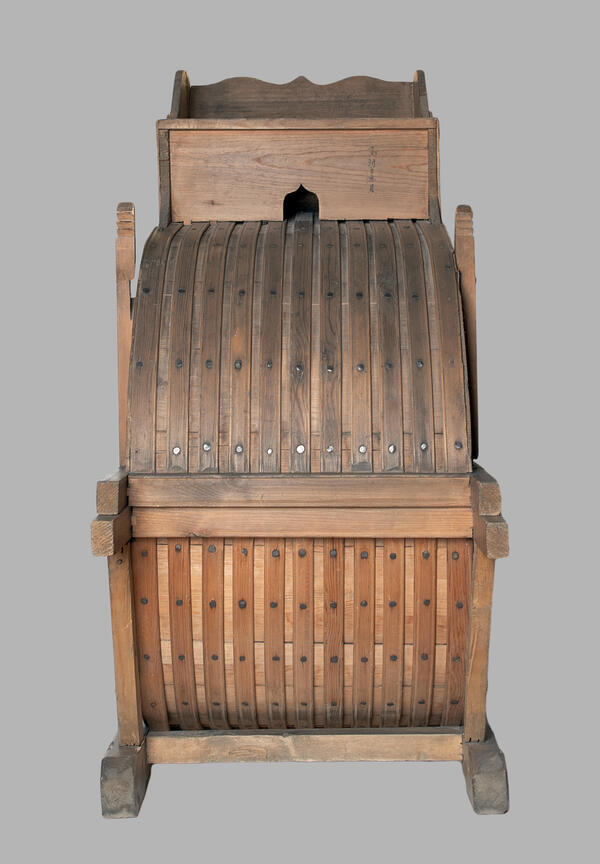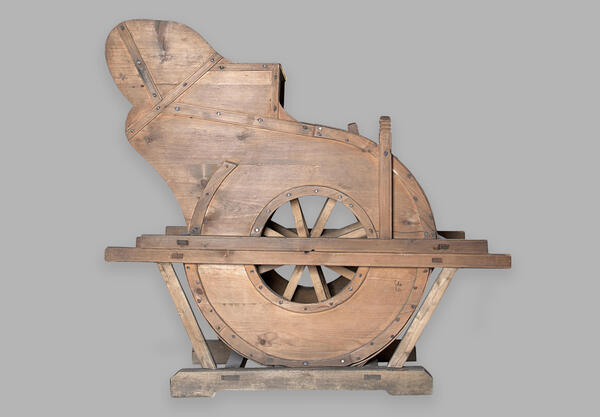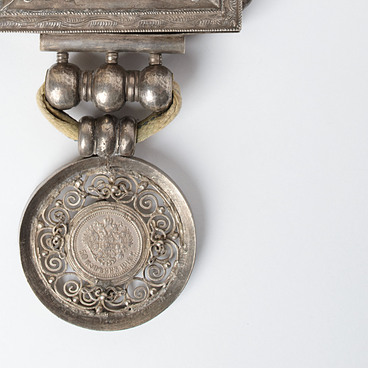Working with tea required skill, endurance, and a great deal of manual labor. Before leaves could be used for brewing tea, they underwent a long processing procedure at Chinese factories that consisted of multiple steps, including wilting, rolling, fermentation, drying, sifting, sorting, and pressing.
Leaves were spread on large tables, graded, and sorted. The top three leaves, which have always been considered the highest quality leaves, were collected in separate piles. Tea sorting was a time-consuming process because it required focused concentration to collect as many high-quality leaves as possible and not to mix them with inferior grades accidentally.
The entire process was done by hand and only occasionally was a sorting machine used. Such a machine was introduced for the first time in ancient China. It had a rotary fan which created an air flow to separate the finer tea leaves, dust, broken leaves, and tea dust from the leaves with a quality slightly lower than that of the first three leaves. In this way, several more tea grades could be obtained. A sorting machine was the only piece of equipment used in the traditional tea manufacturing process.
Since the sorting process takes quite a long time, the leaves have time to absorb moisture from the air. This is why, once the sorting is over, the raw material is once again panned quickly to dry the leaves. It is believed that the best tea is packed while it is still hot and has not had time to cool down after the last panning.
There were usually two people operating such a
sorting machine which sifted out the light, mostly reddish and poorly withered
leaves. Before being sent to a sorting machine, the plucked leaves were placed
on a drying rack or in special baskets and sun-dried several times. The leaves
were then carefully steamed in a pan and spread out in a thin layer on trays.
After sorting, the final product was prepared at special tea-packing factories.





